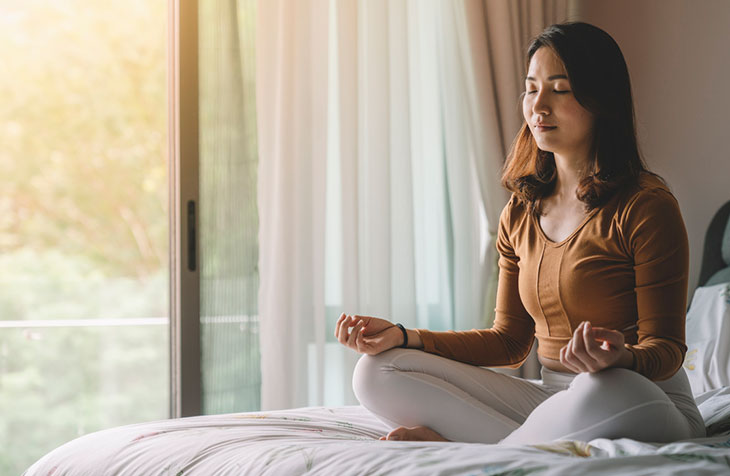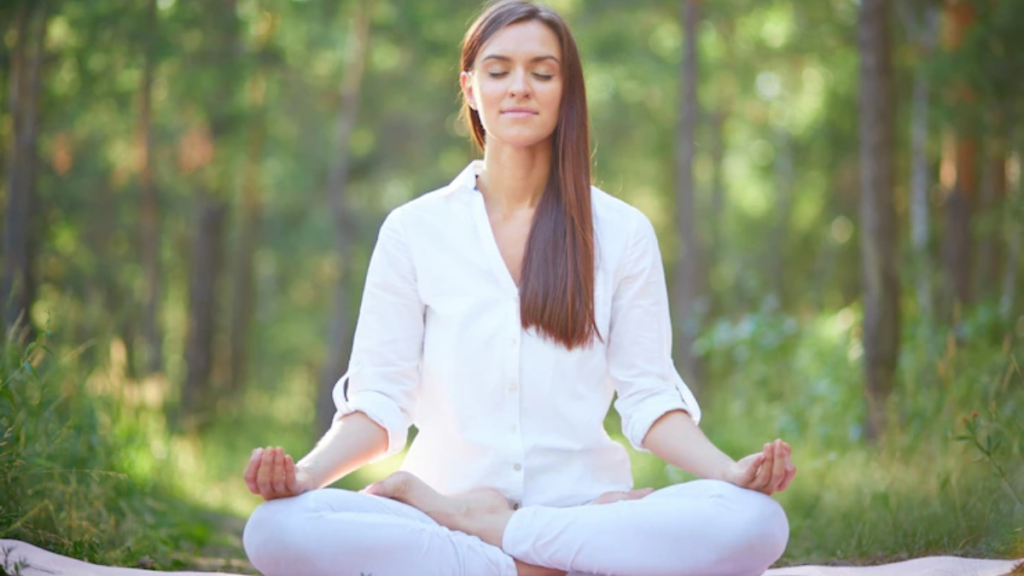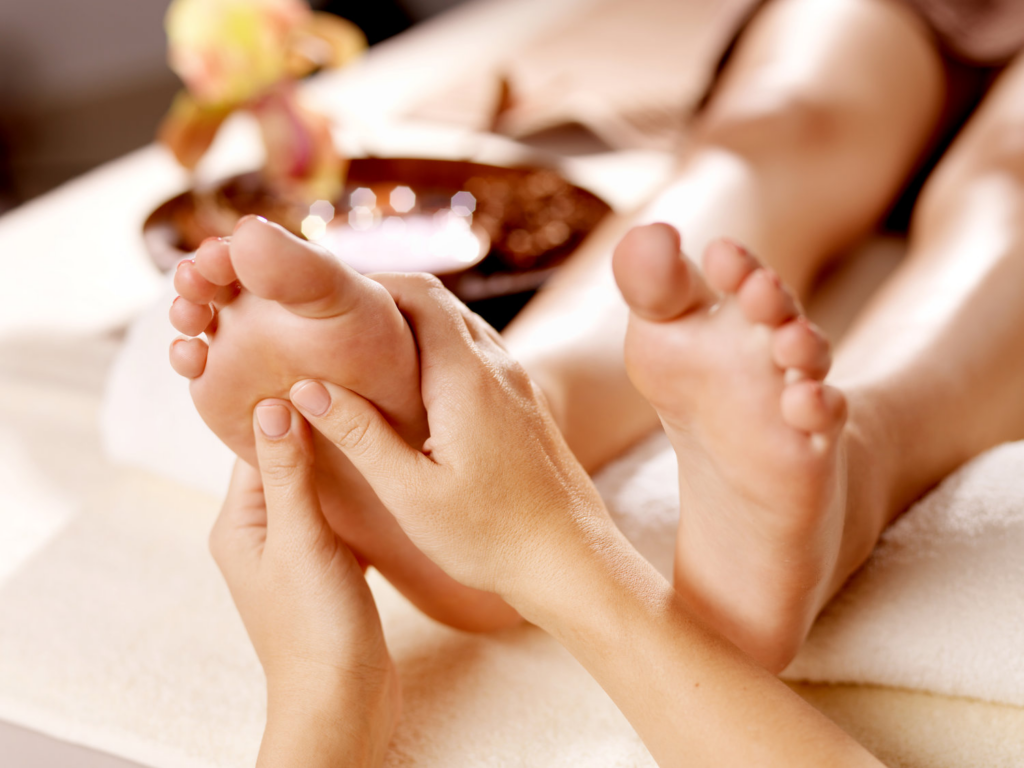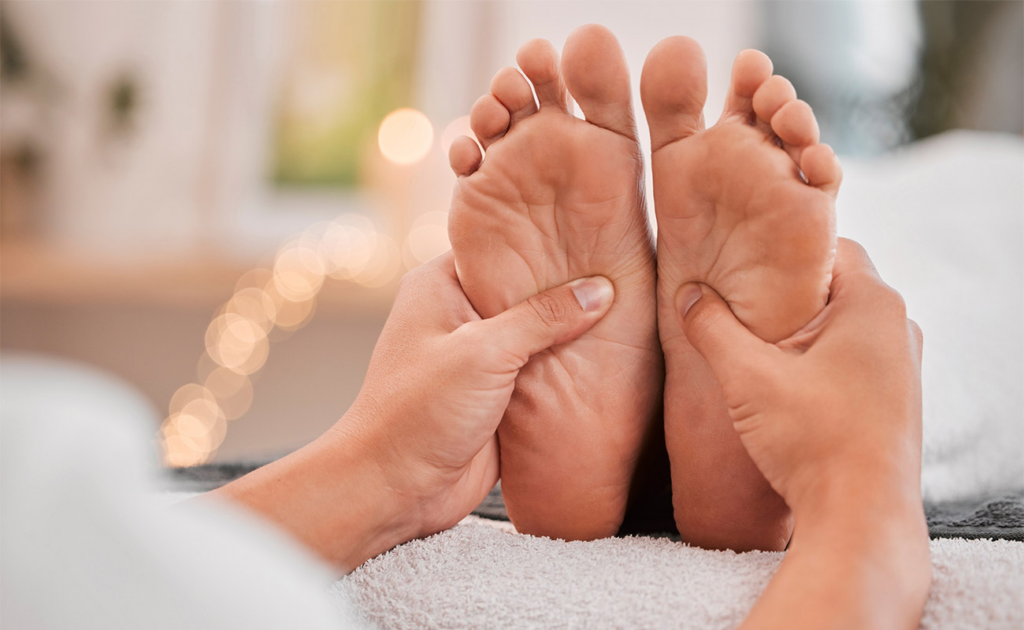The Impact of Meditation on Your Body: What to Expect When You Begin
Meditation, an ancient practice admired for its transformative effects on the mind and body, has become very popular in today’s wellness culture. Knowledge of its physiological and psychological impacts becomes vital, as more people resort to meditation to enhance general well-being. In this guide, we will look at how meditation changes your body and what it entails and the good it can bring along with some potential problems. What changes occur in your body when you start meditating? Meditation can lead to reduced stress, lower blood pressure, and improved immune function. It promotes relaxation by activating the parasympathetic nervous system, which counters stress responses. You might notice changes in heart rate and breathing patterns as you meditate regularly. As you begin to meditate, your body will begin to shift from a stress-response mode into a relaxation state. This alteration in the activity of the body triggers the parasympathetic nervous system, which in turn decreases heart rate and blood pressure. It strengthens the immune system through the reduction of stress, which is an inhibitor of immunological responses. With time, you will feel a change in your breathing pattern and, in general, be more relaxed. Still, with regular practice, these benefits would develop even more and lead to overall physical and mental well-being. How does meditation affect mental health in beginners? Beginners often experience reduced anxiety and improved mood through meditation. It helps lower levels of cortisol, the stress hormone, and enhances overall emotional well-being. Meditation also fosters a more positive outlook and increases self-awareness. Meditation affects mental health most in a very major way, especially in beginners. It will decrease cortisol levels, thereby lowering anxiety and stress. One could realize that, while meditating, their mood improved and emotional stability also rose. Meditation helps to alter your perspective and thus change one’s attitude in life positively. It increases your self-awareness, allowing you to observe your thoughts and emotions without judging them at all. This, in turn, again helps you to devise a more efficient emotional control strategy and lets you experience well-being. What are the immediate effects of starting meditation? Immediate effects of meditation can include a sense of calm and relaxation. Beginners may also experience improved focus and reduced mental clutter. Some might notice increased self-awareness and a brief emotional release. As you begin to meditate, you will immediately realize that you have calmed down or your body has shifted from the fight or flight mode to the relaxation mode. In addition, this initial relaxation and peace of mind are usually combined with a sharpened focus and reduced mental clutter that gives way to more direct thinking. You may also feel a short emotional release because meditation may help raise suppressed feelings to the surface of your mind. Such immediate results are quite inspiring and lay the ground for practicing meditation much more regularly and effectively. Can meditation improve sleep quality for newcomers? Yes, meditation can improve sleep quality by reducing stress and anxiety, which are common barriers to restful sleep. Techniques such as mindfulness and guided meditation help calm the mind, making it easier to fall asleep and stay asleep. It can, in fact, highly improve the quality of sleep, especially in beginners who have sleeping disorders. Meditation reduces stress and anxiety, thereby overcoming the most common impediments to sound sleep. Among these methods are mindfulness and guided meditation, which quiet the mind at night so one can easily fall asleep. More importantly, regular meditation helps in setting up a definite sleeping pattern and clears the sleeper’s overall sleep quality. As you go ahead, you will find that meditation is actually helping you doze off faster and be more soundly and restfully asleep. What should beginners expect during their first meditation sessions? Beginners may find it challenging to focus and might experience a restless mind. It’s normal to have wandering thoughts initially. Over time, with consistent practice, you will likely notice improved concentration and a deeper sense of inner peace. The mind wandering and getting restless in the beginning sessions is quite usual. It may get disturbed several times, and that is the way to learn. Bear with patience and persistence during the initial difficulties; with practice, you will slowly develop concentration and feel greater peace. Patience is the key here; with continued practice, meditation will gradually become easier and more effective at increasing mental clarity and relaxation. How often should a beginner meditate to see results? For noticeable results, beginners should aim to meditate daily for at least 10-15 minutes. Consistency is key; daily practice helps build a habit and allows you to experience the full range of meditation benefits. For visible results, a beginner should sit and meditate at least for 10-15 minutes daily. Such consistency of practice will keep the person on the right track and have a good effect on meditation. Even short sessions can be very beneficial if taken daily—providing increased mental clarity, reducing levels of stress, and better emotional balance. Building this habit will enhance the effectiveness of meditation and help well-being in the long run. What common challenges do beginners face with meditation? Common challenges include a restless mind, difficulty concentrating, and physical discomfort. Beginners might also struggle with maintaining a regular practice. Overcoming these challenges involves patience, persistence, and gradually building a routine. Quite a number of challenges are usually faced by every beginner to meditation. A restless mind, lack of concentration, and physical discomfort are common. One also finds it hard to develop the art of regularity at the beginning. All these challenges may be overcome by patience and persistence. Beginners should hence start with short sessions, adjust their posture, and try various methods of meditation. As one continues slowly to establish continuity, meditation becomes more comfortable and effective, hence yielding better results. How long does it take to see the benefits of meditation? Many people start noticing benefits within a few weeks of regular practice. While immediate effects like relaxation are often felt right away, more profound benefits such











